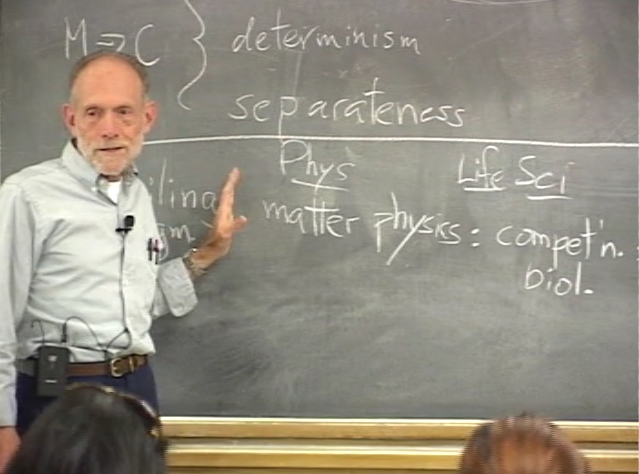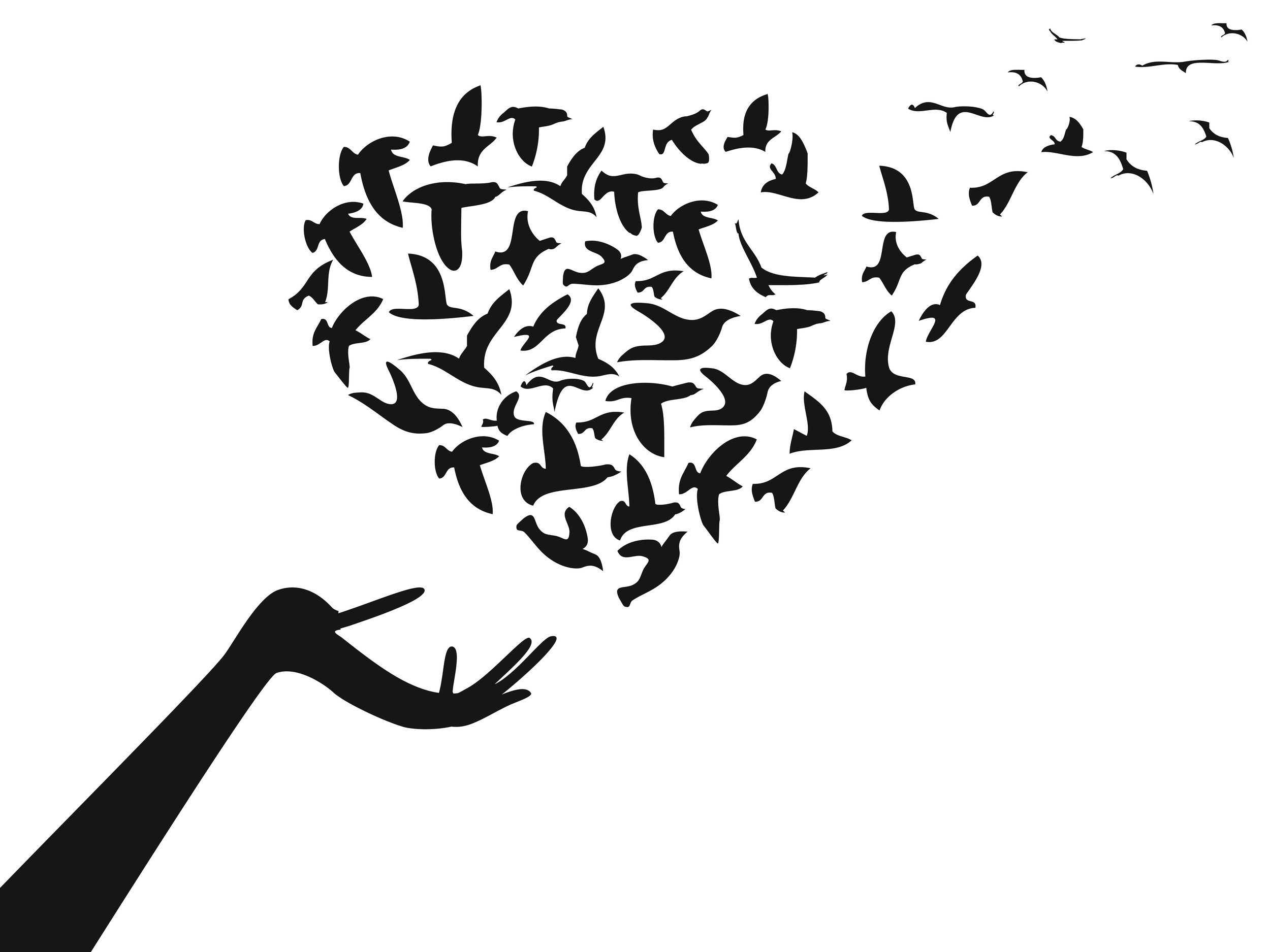The Search for a Nonviolent Future: Study Material
A series of videos and transcripts to complement the reading of Search.
Nonviolence and the new story of human nature
What will it take to save the world? Massive protests? Yes, and much more. Protest has its place, but sometimes - much of the time actually - we have to take strategic steps that can lead to deeper change. To bring us to the world we really want, these actions must be centered around nonviolence, because the choice between violence or nonviolence determines the kind of world that ultimately results. The whole reason for protesting an injustice is that we don’t want to live in a violent world.
Six Principles of Nonviolence
Nonviolence can be a safe, effective and lasting way to defeat injustice, but like any other science, it takes some knowledge — and courage and determination.
Conflict Escalation Curve
Given a scientific approach to nonviolence we want to use the proportional approach to the degree of conflict we are facing. That escalation has been illustrated in the accompanying graphic, and as you will see, it is convenient to plot that escalation in three stages.









